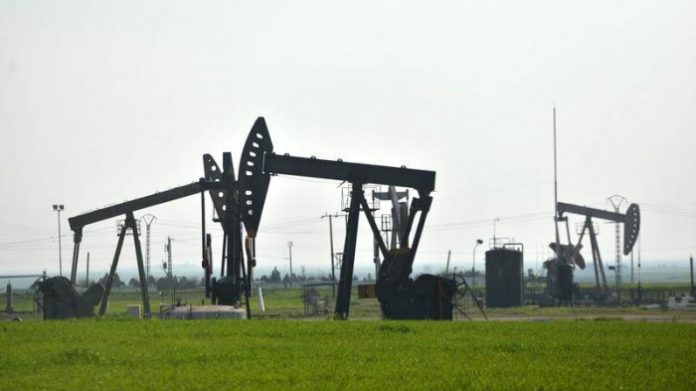Oil prices declined on Friday amid ongoing concerns over the timing of the first interest rate cut by the US Federal Reserve.
The move also followed forecasts of weaker demand in the US and cautious steps by market participants ahead of a meeting of the Organisation of the Petroleum Exporting Countries (OPEC) and its allies, known as OPEC+.
International benchmark Brent crude was trading at $81.13 per barrel, down 0.28 per cent from its closing price of $81.36 per barrel in the previous trading session. Meanwhile, US benchmark West Texas Intermediate (WTI) crude oil was trading at $76.61 per barrel, down 0.34 per cent from the previous session which closed at $76.87 per barrel.
Analysts believe that a flood of positive economic data from the US has increased the likelihood that the Fed will keep interest rates high for longer. That said, the system is not expected to cut interest rates until November.
Atlanta Fed President Raphael Bostic pointed at the need of patience and confidence in inflation’s path to the 2% target before changing the discount rate.
Given how high inflation was, it wouldn’t be a surprise for inflation to take several years to get down to our 2% target.
The likelihood of lower interest rates in the near future has diminished, adding to demand concerns and holding back oil prices. This is due to the fact that generally high interest rates increase the value of the US dollar, making oil more expensive for holders of other currencies.
However, Energy Information Administration (EIA) data released late Wednesday showed a lower than expected demand outlook in the world’s largest oil consuming country.
EIA announced that commercial crude oil inventories in the US increased by 1.8 million barrels in the week ended May 17. The agency pointed to a build-up in inventories that far exceeded market forecasts. It also indicated a decline in US demand by almost 2.4 million barrels.
